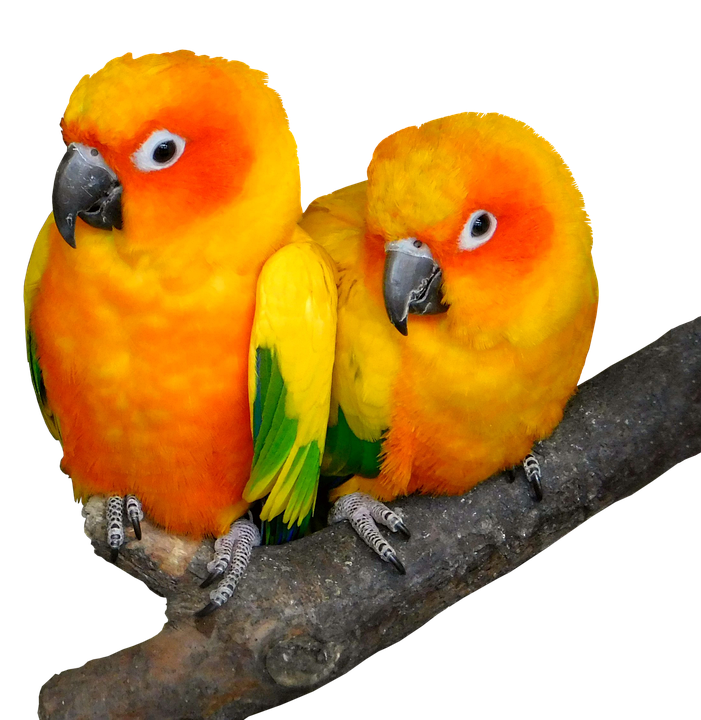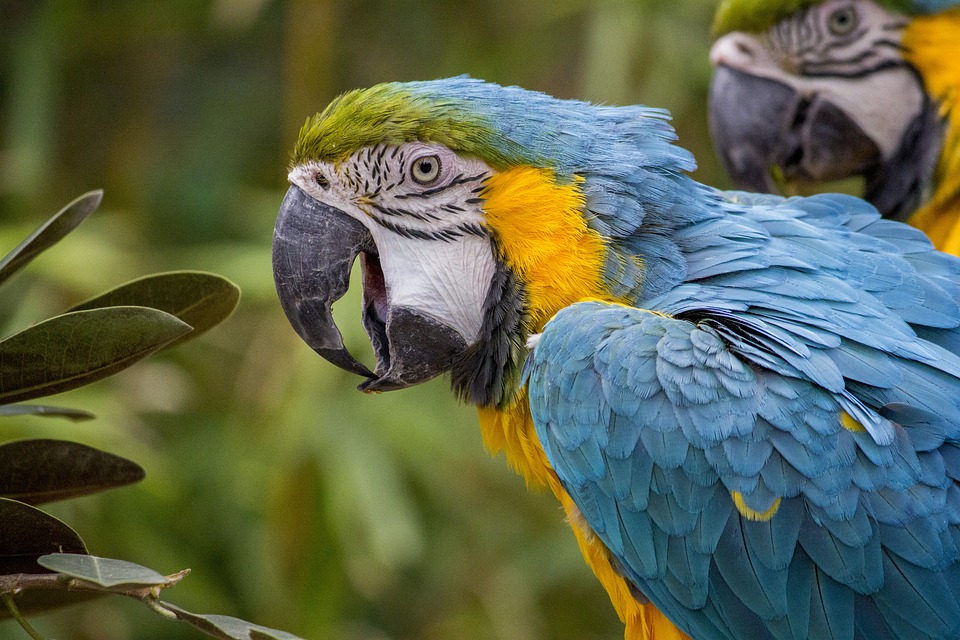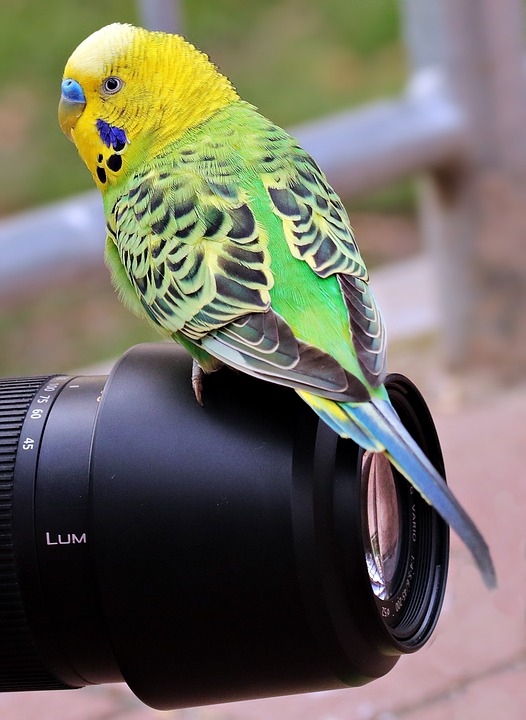Parrots are highly intelligent creatures that thrive on mental stimulation and social interaction. Training sessions provide an excellent opportunity to bond with your parrot while teaching them new behaviors and reinforcing positive habits. To enhance the effectiveness of these sessions, it is essential to create a dedicated training station where your parrot can focus and learn. In this article, we will explore the steps to set up a training station and address some frequently asked questions about parrot behavior and training.
Setting Up the Training Station
1. Choose a Quiet, Distraction-Free Area: Select a location in your home where your parrot can have minimal distractions. Avoid areas with excessive noise or foot traffic as it may hinder the learning process.
2. Provide a Comfortable Perch: Offer a comfortable perch or stand for your parrot to sit on during training sessions. Ensure that it is at an appropriate height, allowing your parrot to maintain eye contact with you.
3. Gather Necessary Training Tools: Collect all the essential training tools, such as treats, clickers, target sticks, and toys, and keep them organized within reach at the training station. This ensures you have everything you need during the sessions.
4. Use Proper Lighting: Adequate lighting is crucial during training sessions. Ensure that the training area is well-lit, allowing your parrot to see your facial expressions and hand movements clearly.
5. Remove Potential Hazards: Parrots are curious creatures, and it is important to ensure their safety during training. Remove any hazardous objects or toxic plants from the training station to prevent accidents.
6. Create a Positive Atmosphere: Establish a positive and encouraging atmosphere at the training station by using a cheerful tone of voice and offering plenty of praise and rewards. This helps to motivate your parrot and makes the learning experience enjoyable for both of you.
FAQs about Parrot Behavior and Training
Q1. How long should each training session be?
A1. Training sessions should be kept short, ideally between 10 to 15 minutes, to maintain your parrot’s focus and prevent them from becoming bored or frustrated.
Q2. How often should I conduct training sessions?
A2. It is recommended to have regular, daily training sessions with your parrot to reinforce their learning and establish a routine. However, the frequency can vary depending on your parrot’s individual needs and attention span.
Q3. What are some common training mistakes to avoid?
A3. Avoid using punishment or negative reinforcement during training as it can damage the trust and bond between you and your parrot. Additionally, rushing the training process or expecting immediate results can lead to frustration. Patience and consistency are key.
Q4. Can older parrots be trained?
A4. Absolutely! Parrots of all ages can be trained. While older parrots may take longer to learn new behaviors, they are still capable of acquiring new skills and strengthening the bond with their owners through training sessions.
Q5. How can I keep my parrot motivated during training?
A5. Keep training sessions interesting and engaging by incorporating a variety of rewards, such as praise, treats, and interactive toys. Additionally, using positive reinforcement techniques, like clicker training, can help maintain your parrot’s motivation and focus.
By setting up a dedicated training station and following these guidelines, you can create an optimal learning environment for your parrot. Remember, patience, consistency, and positive reinforcement are the keys to successful parrot training. Happy training!









